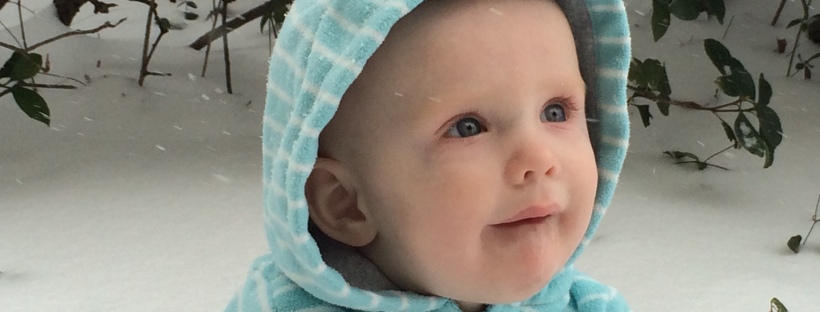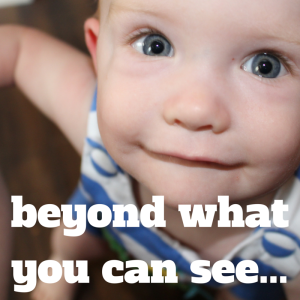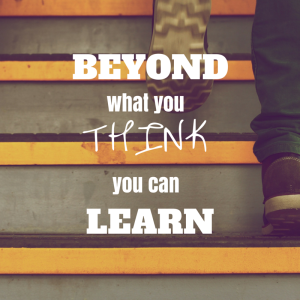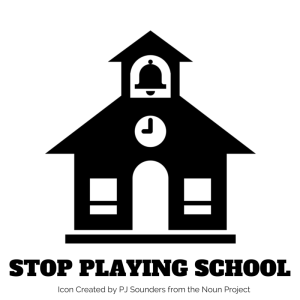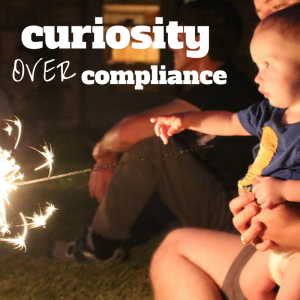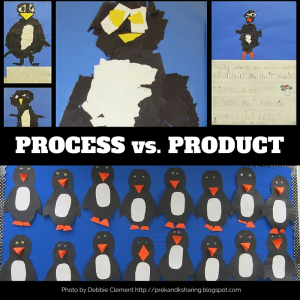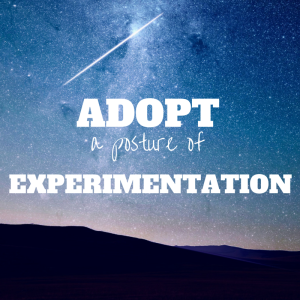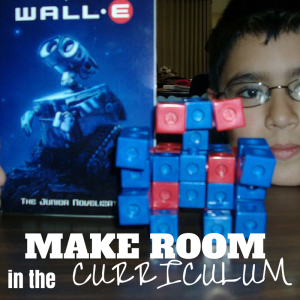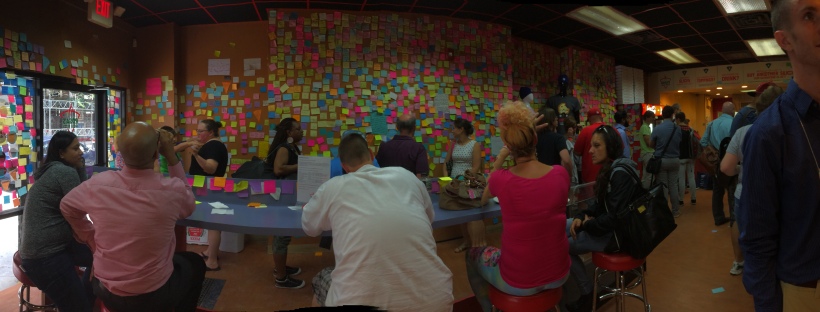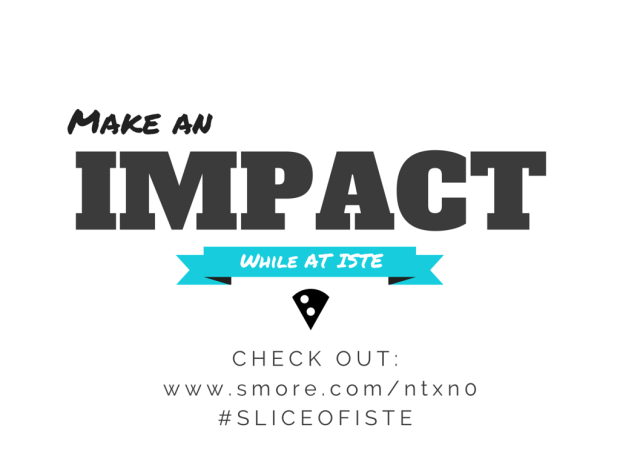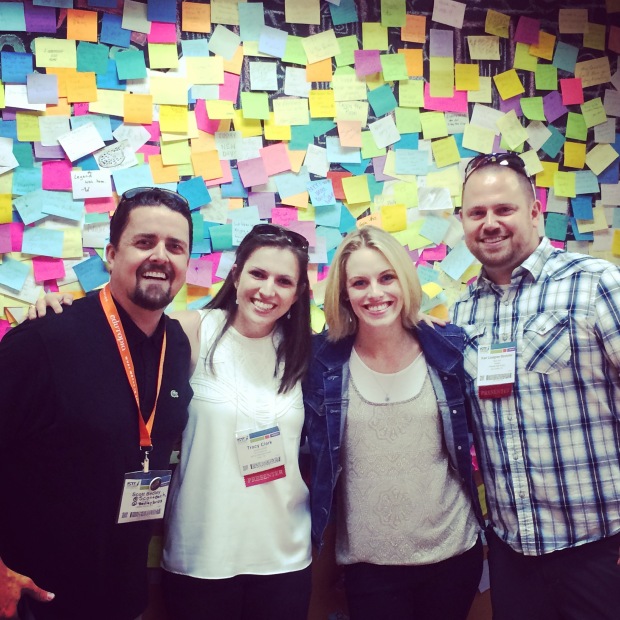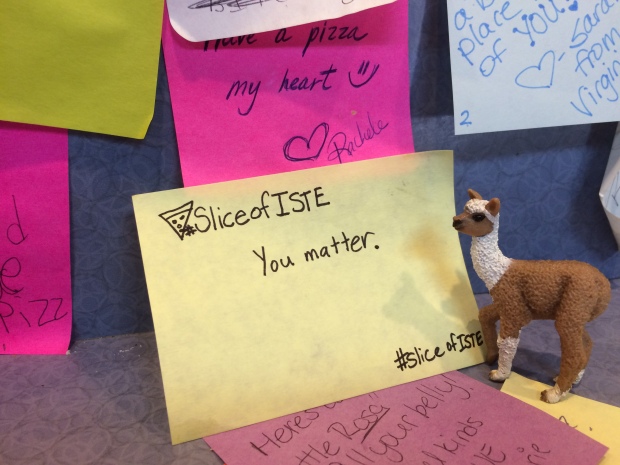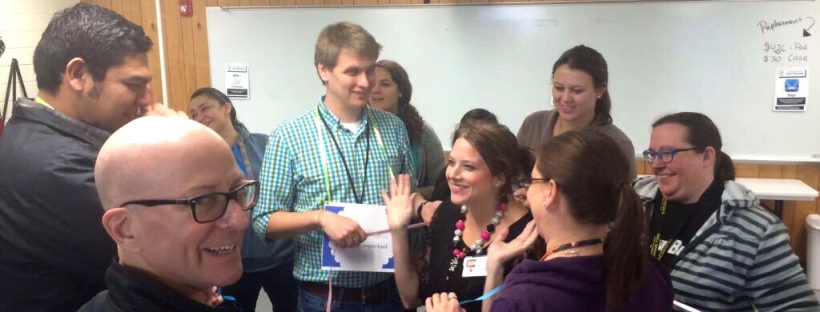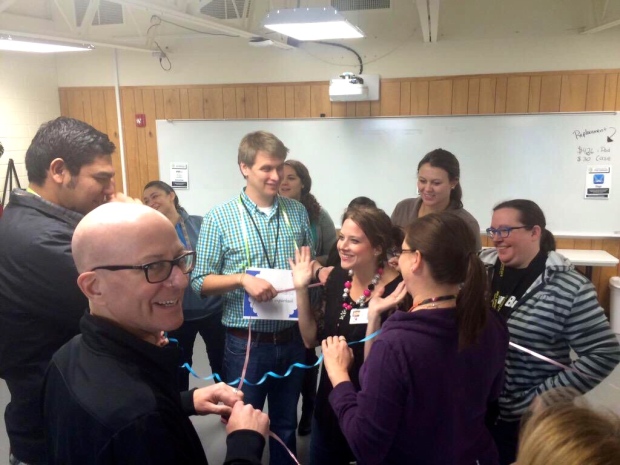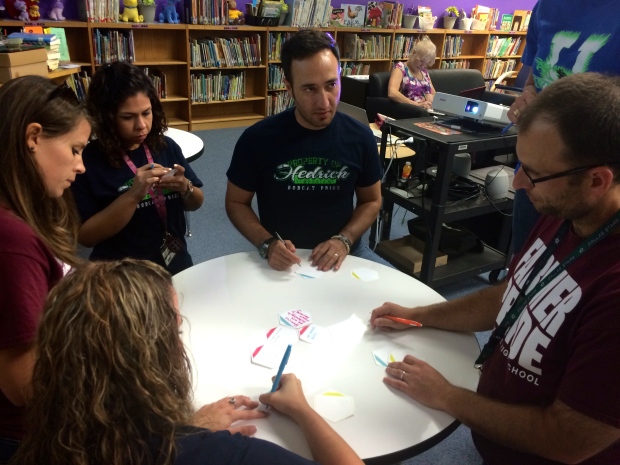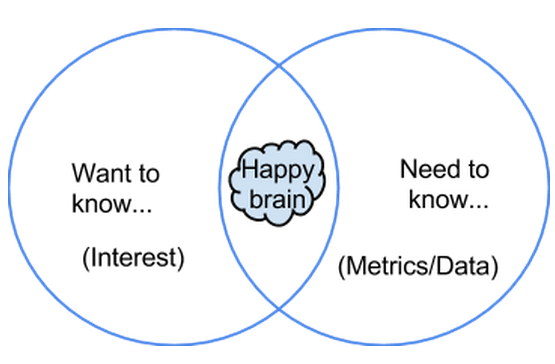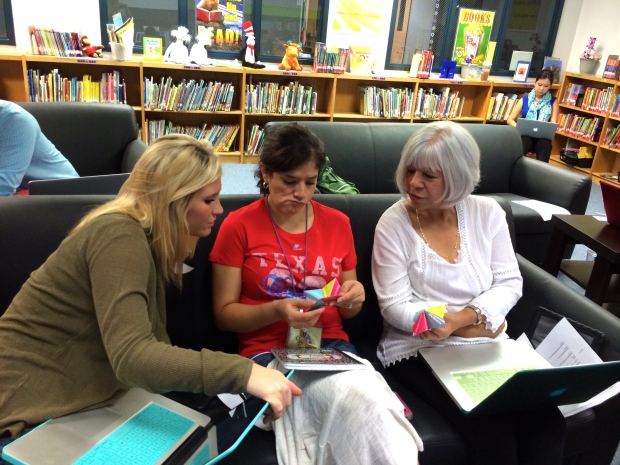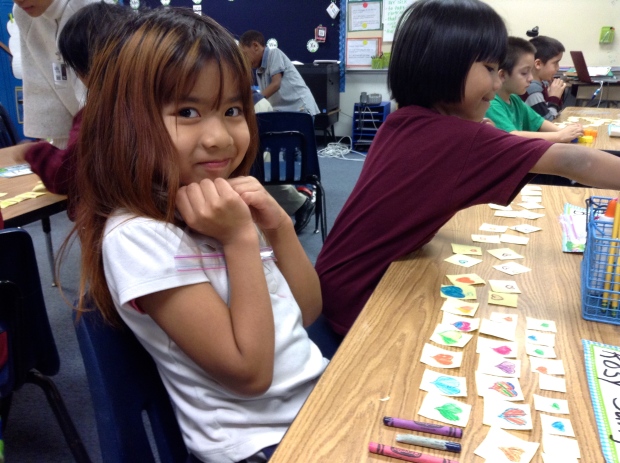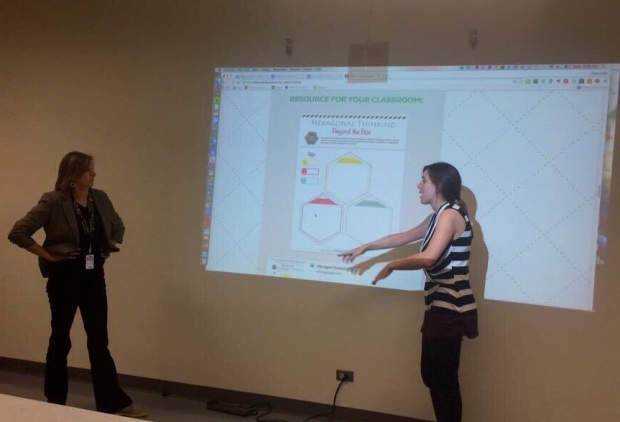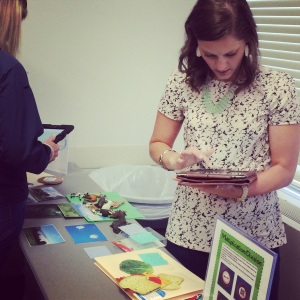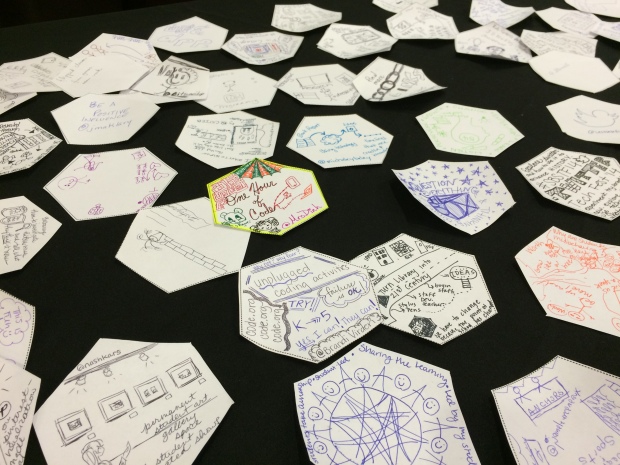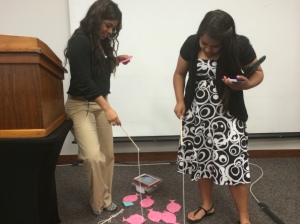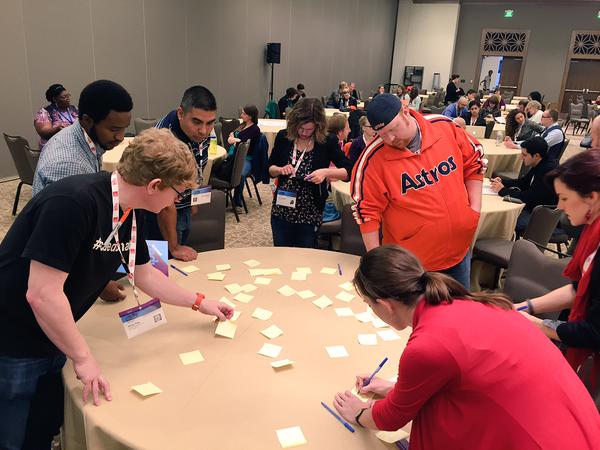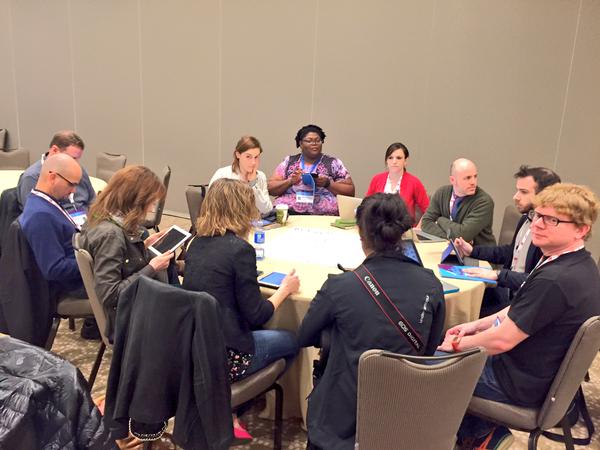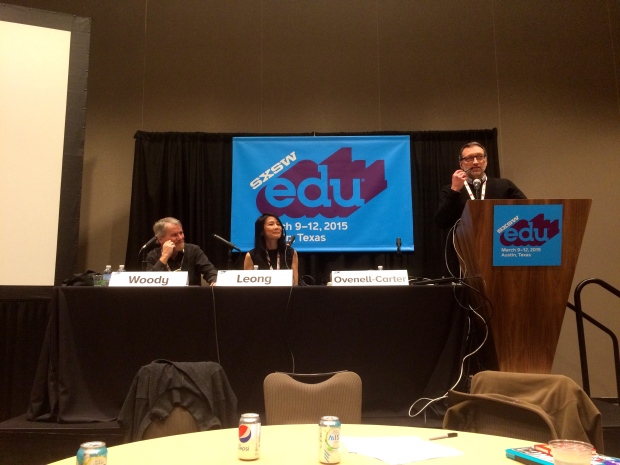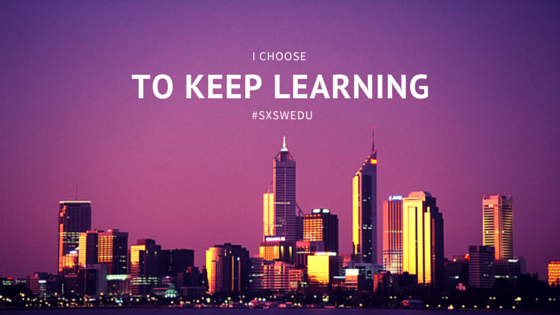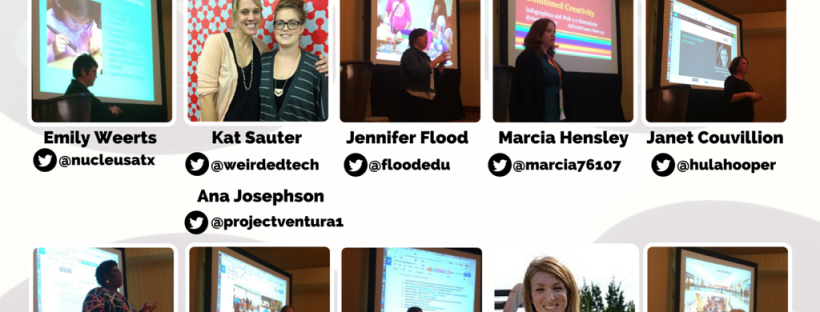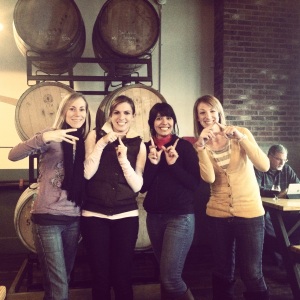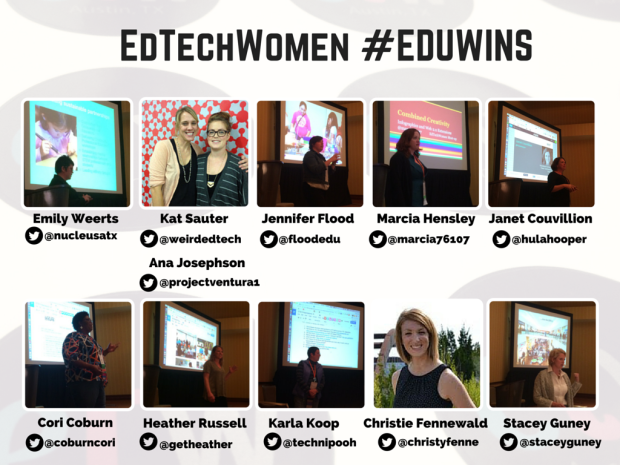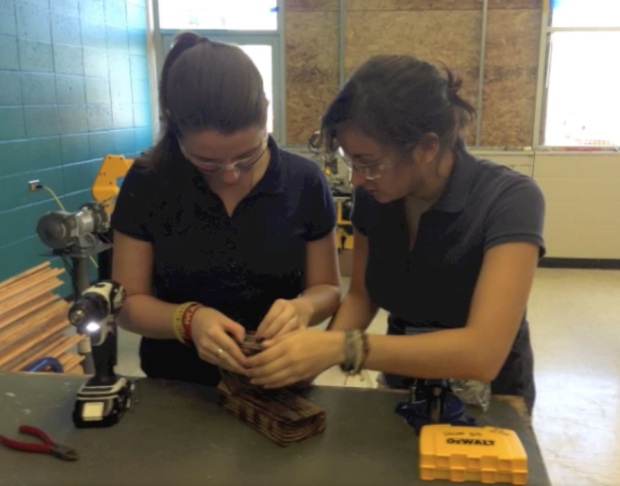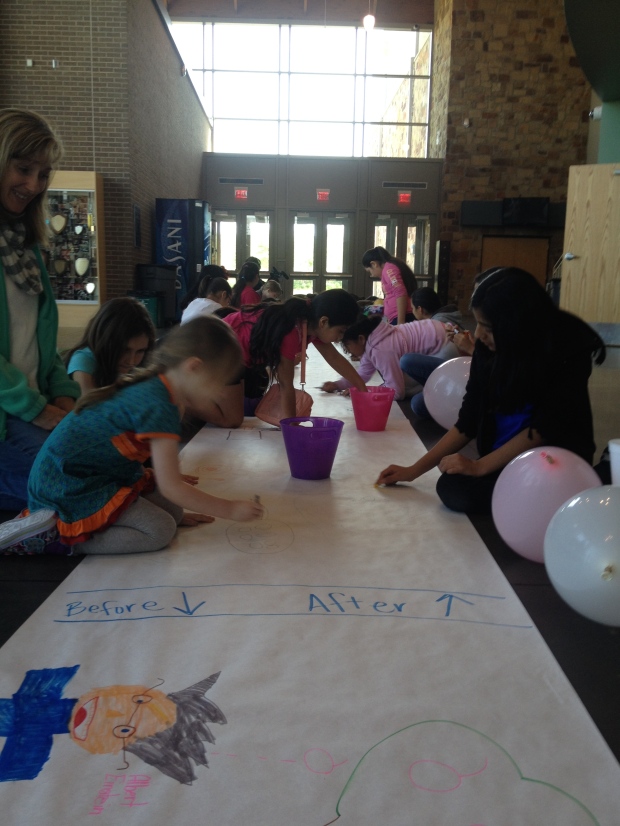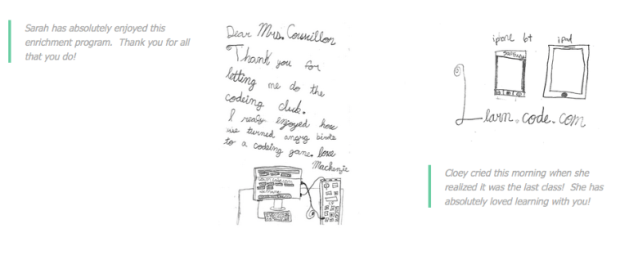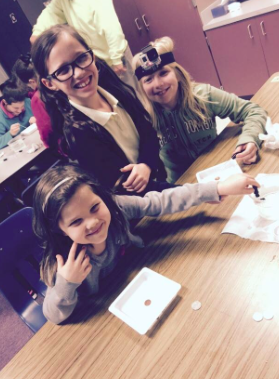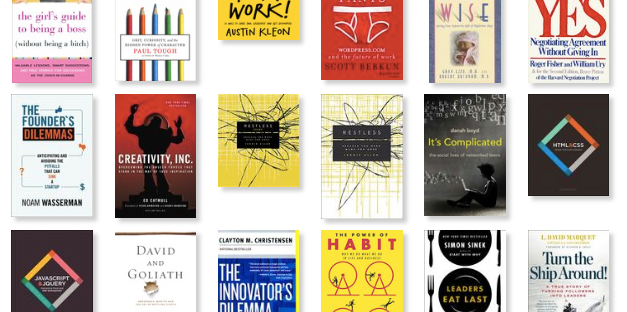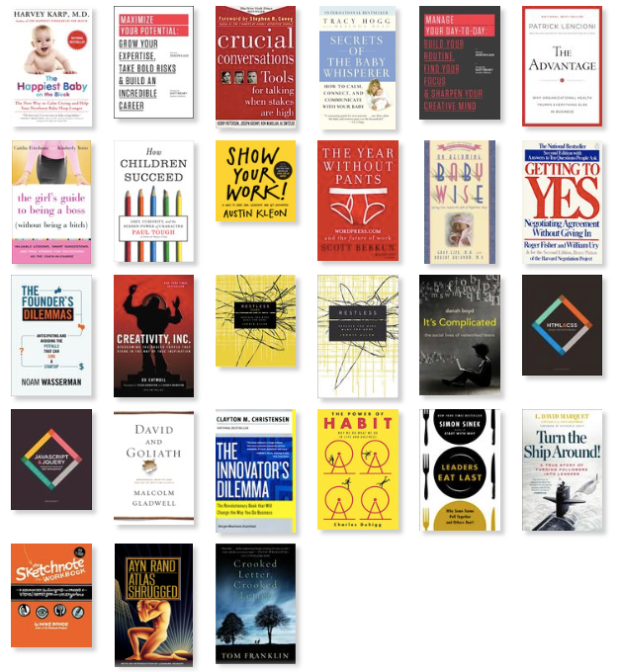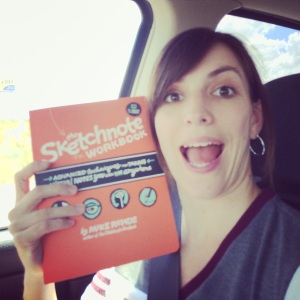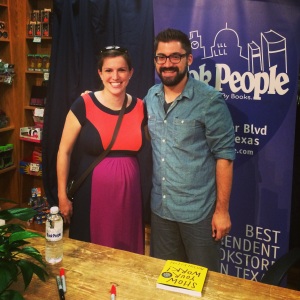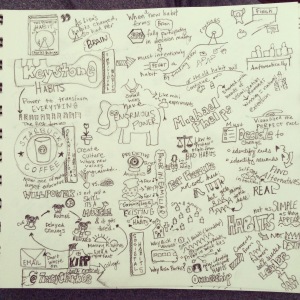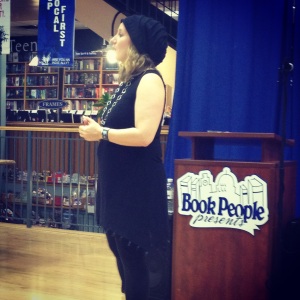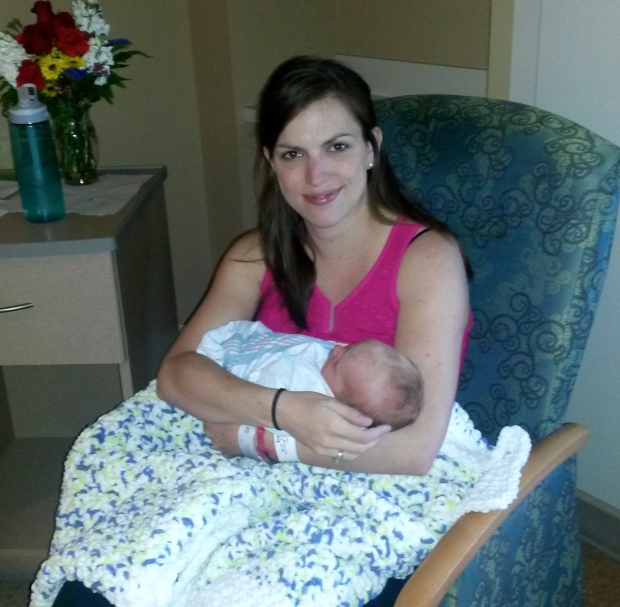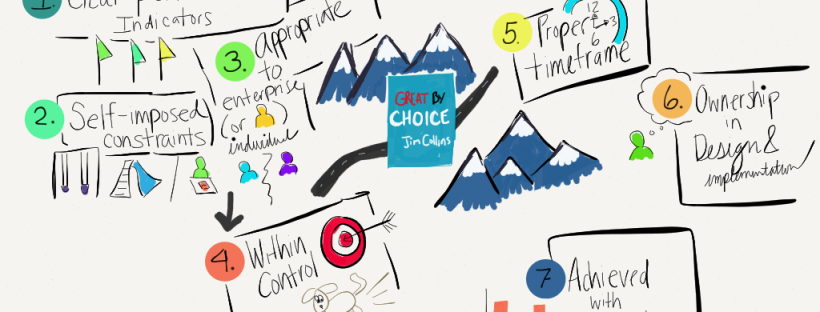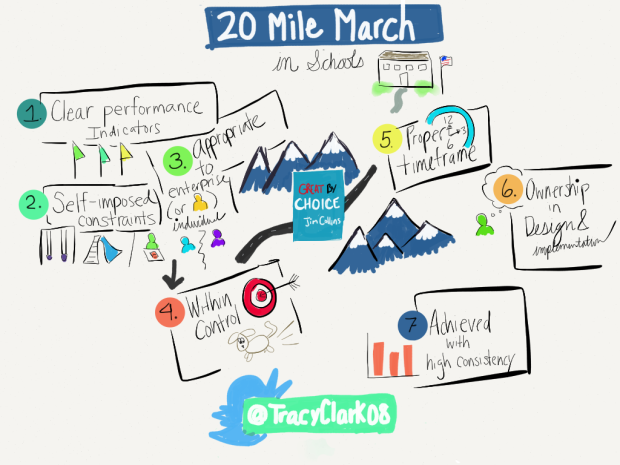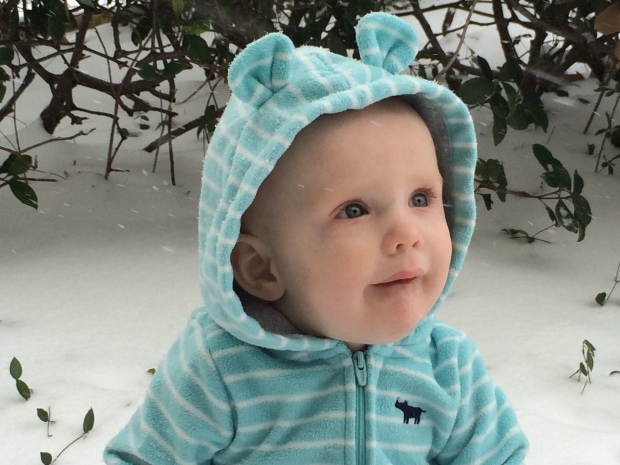
This blog, published on The Huffington Post, is part of the Smart Parents series in partnership with the Nellie Mae Education Foundation. For more information about the project, see Parents, Tell Your Story: How You Empower Student Learning.
My son saw his first snow last winter. He stuck his little face straight up in the air and squealed with delight when he felt the cold, soft flakes against his skin. The white, feathery bits swirled around and then slowly floated down towards his outreached hands against the backdrop of deep grey, Texas skies. His eyes filled with pure wonder at the sights, sounds, touch, and taste of it all.
There in that moment I thought about you, his future teacher. I thought about all the pressures, requirements, and agendas you are bombarded with. I thought about the big tests and the consuming reality of preparing for these snapshots of my child’s supposed learning. I thought about how you might even be told to ignore what you (and brain research) know(s) about how my son learns best.
I thought about the precious and fragile gifts I see in my child today: pure wonder, joy, and curiosity. And I’d like to tell you from my perspective, as a parent, as a former teacher, and current learner, what I think really matters.
1. Believe in my child, beyond what you can see
Believe my child can do more than remember the order of the planets and recite the year Columbus sailed the ocean blue. Believe that he can think in new ways, even if you haven’t seen it yet. Believe he can grow and not be defined by last year’s teachers’ notes or those darn pink and blue cards that sum up a year of behavior with numbers or stickers or pluses and minuses. I want you to be a downright crazy idealist when it comes to what my child can do. You might be surprised when he rises to the challenge.
2. Believe in yourself, beyond what you think you can learn
Believe in your ability to meet his needs. Learn new strategies when something just isn’t working. I’m not sure where we internalized the lie that teachers should know everything, but it is just that-a lie. I’d much rather you realize and model the value of on-going curiosity and growth in your own life, and watch the beautiful overflow of passionate learning spill into your interactions with my son and his peers.
3. Stop playing school
Have you ever thought about the fact that my son’s birthdate, an arbitrary number on the calendar, determines when he is deemed ready for multiplication or solving chemical equations? I want you to question everything: Does my son need to sit in a desk in a row? Does he need to raise his hand to respond? Is this whole thing really working? If the answer to that last one is no, then stand up and change it. I’ve got your back.
4. Value curiosity over compliance
Learning is messy. Learning doesn’t always look civilized. Curiosity and student interest don’t usually fit inside a pre-packaged curriculum.
What do your actions show my son that you value most? Are you so busy telling him to be quiet, or get in line, or hurry up, that you miss the caterpillar he is crouched around, trying to help it across the sidewalk?
Please don’t show my son that school is a place for compliance over curiosity. It isn’t about coloring inside the lines. And here is a-not-so-secret-secret, my son’s future employers agree. Our world needs more creatives than cogs.
Do we want well-behaved students or world-changing students?
5. Value process over product
I know it is a lot more work to get out the rice bins, water table, and gallon containers to let him explore capacity for himself. I know water might spill and those grains of rice are killer to clean up when they overflow and find their way into every nook and cranny. But I really care about the experience and so does he.
My son needs to touch and feel and shake and sort and measure. My son needs to stomp and jump and run and fall and dust his knees off. My son needs to ask questions and read about things he loves and write about moments he treasures. He needs to persevere through a challenging problem and experience the satisfaction of finding an answer not because the answer is the point, but because of the learning he is constructing along the way.
So, let my son create without a bunch of rules and a model product. I know it feels like everyone else has the perfect cookie cutter wall displays. I know it feels like all the other classrooms look Pinterest-perfect. But does his model flower need to look exactly like all the others? What does this prove my child can do anyway? Follow directions, conform, copy. I want more for him. I think you do too.
If they all look the same, then you’ve got a recipe, not creativity.
6. Adopt a posture of experimentation
If my son can’t try something and fail at school then where can he?
Nurture a culture of thinking where my son can develop the thinking dispositions of a scientist and an entrepreneur as he explores and experiments and figures things out. You can be a model of this every day as you innovate, iterate, and learn alongside him. I don’t want him to be afraid. Maybe he won’t take on the same fear of failure most of us adults have because all he knows is that failure is part of the learning process.
7. Make room for him in the curriculum
Right now it is the color red and giraffes. Next week it might be dinosaurs and things with wheels. Help my son see himself in the curriculum. Talk to him about what he is interested in, what he wonders, what he wants to find out. Design learning that takes him into account and makes information accessible. Take the time to respond to his questions, or provide a place for him to explore them on his own. Show him that learning isn’t confined to the time and space of the classroom or the scope and sequence-and guide him where to go when he is hungry for more.
Right now it is easy to see with fresh eyes as he explores the world around him. Everything is new, everything is a first. Everything is a surprise. He is never bored, because the world is incredible and it is his to discover. Maybe that is part of why he is such an exceptional learner right now.
With your help we will see the same look of wonder when he devours a good story, writes a killer poem, comes up with a new way to solve a problem, or combines two chemicals. I need you to partner with me and protect the precious, fragile gift of wonder because it is the key to learning and it is really hard to get back once it is lost.
This is my favorite video to share on the power of a child-like imagination.
